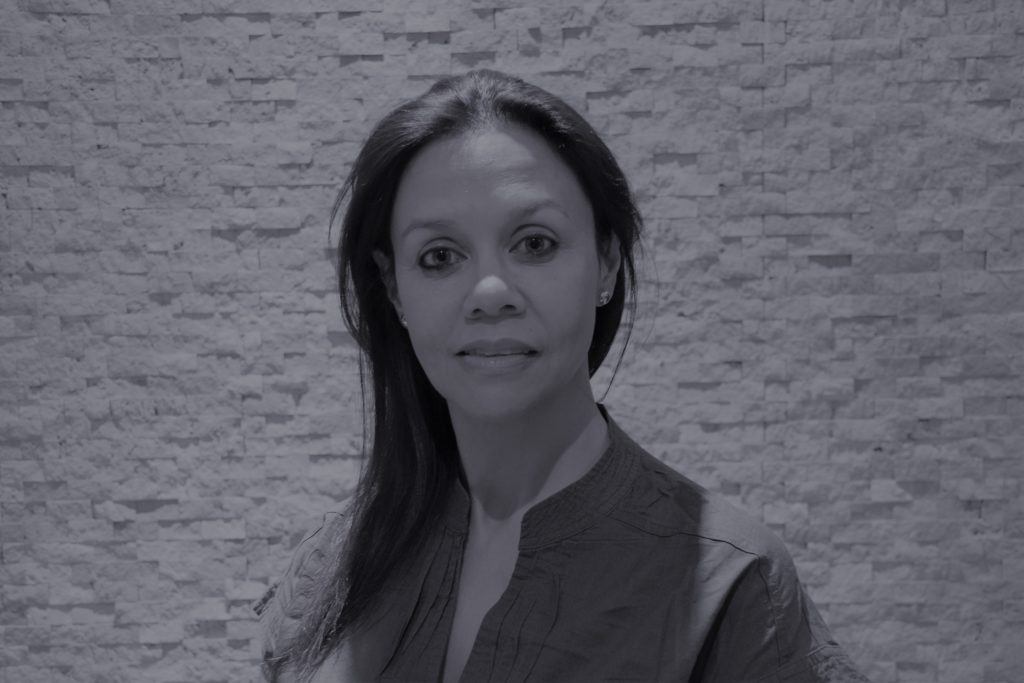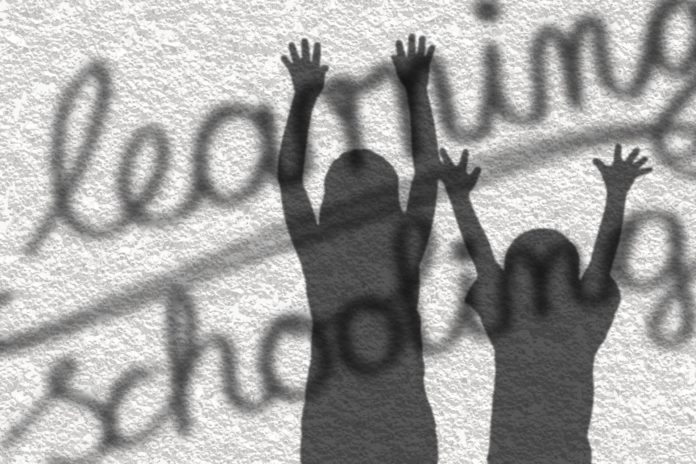Since the onset of the Covid-19 crisis, there have been renewed calls to re-imagine education. In doing so, we must begin to engage with school dropout as a complex gendered phenomenon. Re-imagining education requires us to shed unhelpful categories and seek new and inclusive frames, categories and ways of thinking, as we make sense of, and tackle, the country’s school dropout crisis.

Firstly, as the Zero Dropout Campaign shows, school dropout is not a once-off event marked by a child leaving school. It is a gradual process of becoming vulnerable that takes many forms, including not learning, not performing academically, being disengaged, being depressed, being hungry, falling pregnant and eventually leaving school altogether. Preventing school dropout, therefore, means tackling the process of disengagement systemically.
RELATED:
What does the matric pass rate actually tell us about the health of South Africa’s schooling system?
Secondly, approaching the gendered dimension of dropout as simply being the difference between girl versus boy is limiting. It invites binary thinking that creates stereotypical expectations and clear-cut simplistic answers. Binary thinking is unhelpful when trying to understand and tackle a complex systemic challenge like dropout. While many may disagree, countless children and youth do not experience their lives as boy or girl; instead, they identify as non-binary, on a spectrum of genders.
Yet, identifying as non-binary often leads to stigmatisation, bullying and ostracisation. This means that we need to be open to varied forms of gender inequality and discrimination in our attempts to tackle the gendered nature of school dropout. Our education programmes need to create enabling, safe and supportive environments for all genders and be nuanced about providing differential support to the most vulnerable.
Thirdly, gender (as a social construct) intersects with interrelated constructs, such as socio-economic status, language, race, geography, ability and age. In other words, boy children who drop out of school are likely to also be black, from poor families, speak more than one African language, live in homes where caring adults may be unemployed or live on social grants, live in an informal settlement, or attend a school where there are not enough teachers and facilities to support learning. Framing gender as ‘intersectional’ to a range of systemic inequalities allows us to both isolate and intersect our strategies to address the dropout crisis holistically.
Fourthly, for many children, school is often a refuge – offering them a place to learn, eat, socialise, play sports and be safe. Yet for many, neither school nor home provide places of safety and learning. Moreover, as the relationship between schooling and learning begins to shift, partly because of new technology, schooling does not always equate with learning. This means that we need to develop strategies that focus attention on care and support for learning in, and beyond, school.
Finally, school dropout is often portrayed as a measure of a learner’s performance, feeding a narrative that positions struggling children as a problem, thereby deepening existing marginalisation, exclusion and injustice. In the popular imagination, a learner who drops out is often thought of as weak, delinquent or lazy. If we are to reimagine education, we need to reframe the language we use to describe and address the problem.
School dropout has multiple adverse consequences – for both the learner and nation at large – from fewer job opportunities and reduced lifetime earnings, to vulnerability, poverty and poor mental health. Our work is to reimagine and build a schooling system that nurtures our children’s talents, potential and transformative agency. This will be possible if we integrate cultures of care, learning and safety in our schools and their relationships to homes and communities.
Professor Shafika Isaacs is an associate professor of practice at the university of Johannesburg.
The views expressed in this article are the author’s own and do not necessarily reflect the editorial policies of The Daily Vox.
TWITTER SPACE ALERT:









